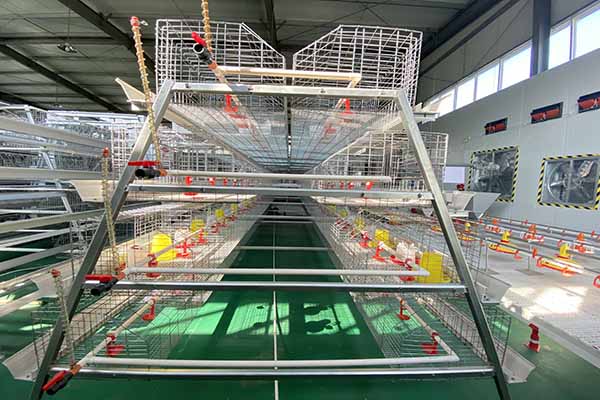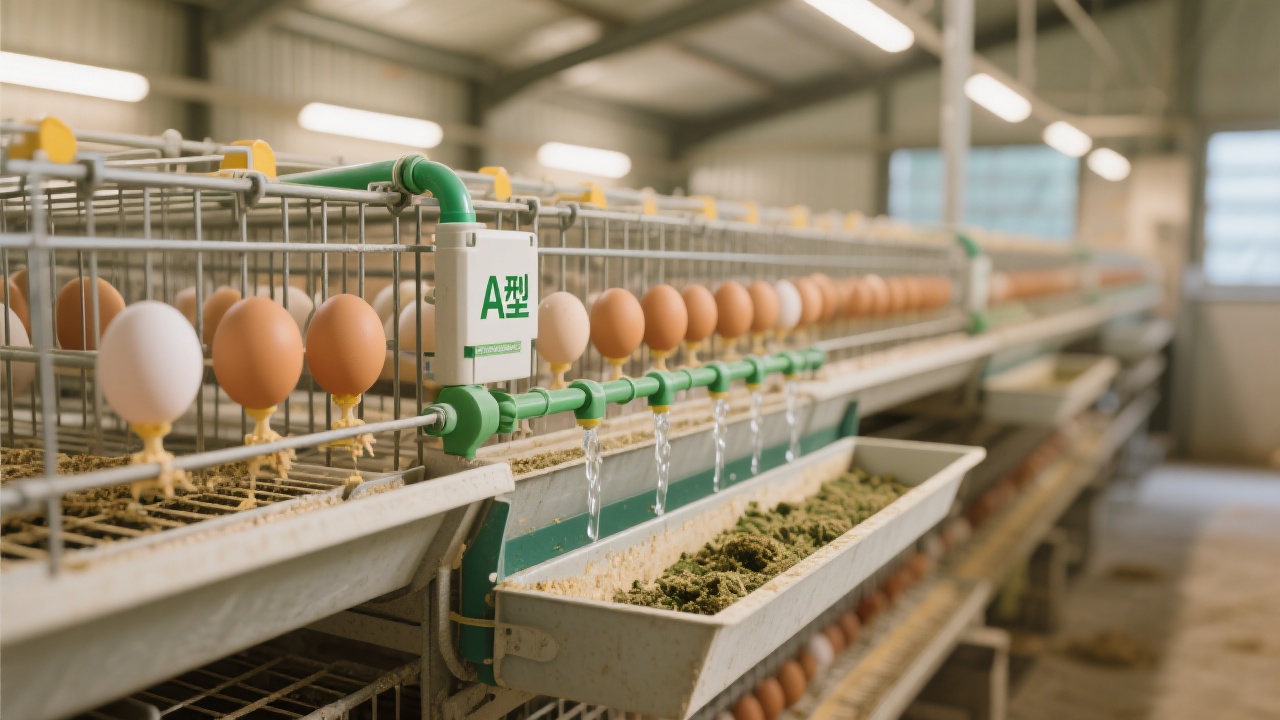
As egg production scales up, so do the hidden costs of manual labor—especially in waste management. For many large poultry farms, cleaning cages and collecting eggs remains a time-consuming, physically demanding task that affects both efficiency and bird welfare.
In a recent case study conducted at a 50,000-hen facility in Henan Province, China, implementing an automated egg collection and manure removal system led to measurable improvements:
Traditional methods rely heavily on human workers performing repetitive tasks in poorly ventilated spaces. According to industry surveys, over 60% of medium-to-large chicken farms report that labor costs account for more than 25% of total operational expenses—not including turnover, training, or health risks.
“Before automation, we had to clean every cage manually twice a day. Workers were exhausted, birds stressed, and our output plateaued.” — Zhang Wei, Operations Manager, Henan Poultry Co.
What made the difference wasn’t just automation—it was how it integrated with existing infrastructure. The farm adopted郑州利维机械 (Zhengzhou Livie Machinery) H-type layer cages, which offer:
| Feature | Benefit |
|---|---|
| Dual-layer nesting space | Reduces floor area usage by 15% |
| Open-frame design | Improves airflow and reduces ammonia buildup |
| Integrated conveyor belt access | Enables seamless integration with automated cleaning systems |
This structural optimization allowed the farm to reduce physical labor while improving animal comfort—a win-win for productivity and compliance with modern farm standards.

Based on this real-world experience, here are actionable steps for other farms considering automation:
These strategies helped the Henan farm achieve a full return on investment within 14 months—not through flashy tech, but through smart, data-driven upgrades.

If you're evaluating automation for your own flock, don't guess—see what works in practice. Click below to download a free checklist tailored to your farm size and current setup.

